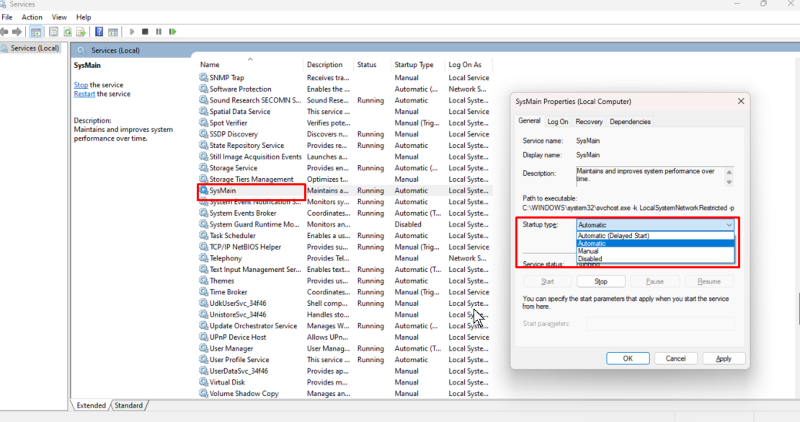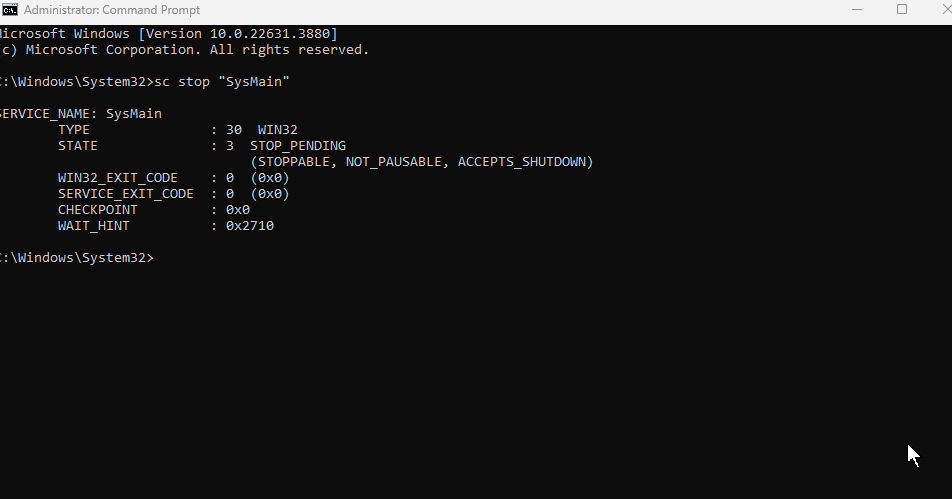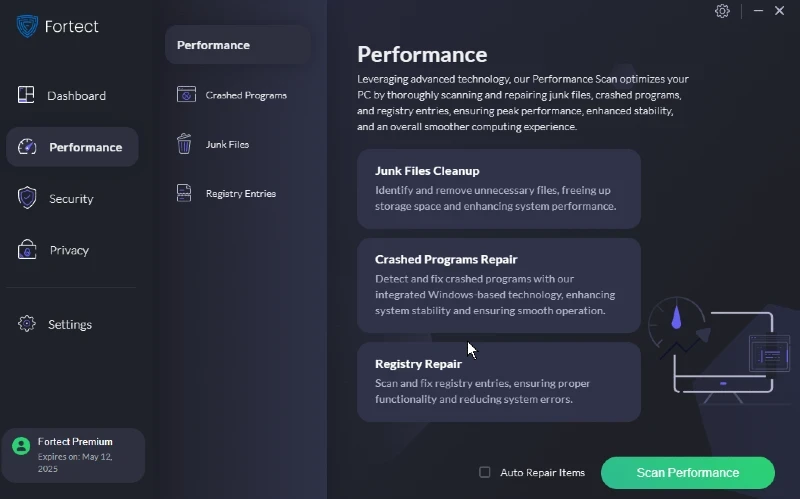How to Fix Service Host Superfetch High Disk Usage
Service Host Superfetch is a Windows service designed to improve system performance by preloading frequently used applications into memory. While it can enhance responsiveness, Superfetch sometimes causes high disk usage, leading to performance issues.
Fortect will guide you through understanding and resolving high disk usage caused by Service Host Superfetch.
What is Service Host Superfetch?
Service Host Superfetch, now known as SysMain in recent Windows versions, is a system service that preloads frequently used applications into memory to reduce load times. By analyzing usage patterns, Superfetch helps make your system more responsive.
However, it can sometimes lead to excessive disk usage, slowing down your computer.
What Does Service Host Superfetch Do?
Superfetch continuously learns your computing habits and preloads data into RAM for quicker access. This proactive caching helps applications start faster and enhances overall system performance. Nevertheless, Superfetch can sometimes lead to high disk usage on older systems or those with limited resources, causing noticeable slowdowns.
4 Fixes: Service Host Superfetch High Disk Usage
Disable Superfetch in Windows Services
Disabling Superfetch via the Windows Services Manager can alleviate high disk usage. Follow these steps:

- Press Windows + R to open the Run dialog.
- Type services.msc and press Enter to open the Services window.
- Scroll down and locate SysMain (formerly Superfetch).
- Right-click on SysMain and select “Properties.”
- In the “Startup type” dropdown menu, select “Disabled.”
- Click “Stop” if the service is running, then click “OK” to apply the changes.
Disable Superfetch with Command Prompt
Using the Command Prompt is another way to disable Superfetch. Here’s how:

- Open Command Prompt as an administrator by typing cmd in the Windows search bar, then right-clicking and selecting “Run as administrator.”
- In the Command Prompt window, type the following command and press Enter: sc stop “SysMain” & sc config “SysMain” start=disabled
- This command stops the service and disables it from starting automatically.
Disable Superfetch Using Windows Registry
Editing the Windows Registry can also disable Superfetch. Be cautious with this method and follow these steps:
- Press Windows + R, type regedit, and press Enter to open the Registry Editor.
- Navigate to the following path: HKEY_LOCAL_MACHINE\SYSTEM\CurrentControlSet\Services\SysMain
- In the right pane, double-click on “Start.”
- Change the value data to 4 to turn off the service.
- Click “OK” and close the Registry Editor.
Optimize Your PC with a Third-Party Cleanup
Investing in third-party cleanup tools, such as Fortect, can effectively address high disk usage caused by Service Host Superfetch. These tools offer features to clean up junk files, manage startup programs, and improve overall system performance. By optimizing your PC, you can reduce the strain on your disk caused by Superfetch, resulting in a faster, more responsive system.

Superfetch continuously uses CPU and RAM resources, so optimizing your system by deleting unnecessary files and freeing up storage space can significantly enhance performance. Using a cleanup tool can quickly identify and remove junk files, often taking just a few minutes to scan your system- leading to a more efficient and enjoyable user experience.
Download and Install Fortect now.
How to Monitor Superfetch’s Disk Usage
Monitoring Superfetch’s disk usage can help you understand its impact on your system. Follow these steps:
- Open Task Manager:
- Press Ctrl + Shift + Esc to open Task Manager.
- Alternatively, right-click on the taskbar and select “Task Manager.”
- Access the Details Tab:
- Navigate to the “Details” tab in Task Manager to see all running processes.
- Locate the Superfetch Process:
- Look for Service Host: SysMain.
- Right-click on Service Host: SysMain and select “Go to details.”
- Monitor Disk Usage:
- This action takes you to the specific process in the “Details” tab, where you can view the disk usage associated with Superfetch.
Superfetch’s disk usage should generally be low. If you observe high CPU usage or disk usage in the double-digit MB/s range lasting more than a few minutes, it’s advisable to disable Superfetch. Prolonged high usage may also lead to increased CPU temperatures.
Conclusion
Service Host Superfetch is designed to enhance system performance but can sometimes cause high disk usage, leading to slowdowns. You can resolve high disk usage issues by disabling Superfetch through Windows Services, Command Prompt, or the Windows Registry and using third-party optimization tools.
Regularly monitoring Superfetch’s disk activity helps maintain your system’s performance. Implement these fixes to keep your PC running smoothly.




